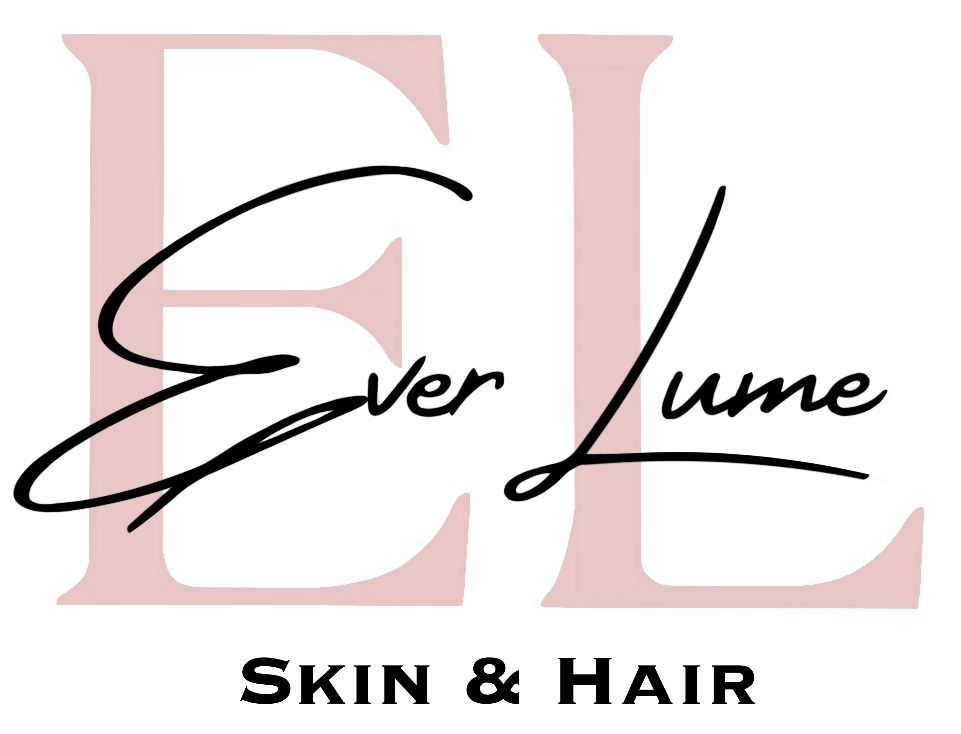Oily/combination Skin
Managing Oily/Combination Skin
Balancing Hydration & Oil Control for Combination Skin without over-drying or irritating it.
What is Oily and Combination Skin?
• Oily Skin: Oily skin is characterised by overactive sebaceous glands that produce an excess of sebum, resulting in a shiny complexion, enlarged pores, and an increased risk of clogged pores, blackheads, and acne.
• Combination Skin: Combination skin refers to a mix of both oily and dry areas on the face. The T-zone (forehead, nose, and chin) is usually oily, while the cheeks and other areas may feel dry or normal.
Causes of Oily and Combination Skin
Several factors can contribute to the appearance of oily and combination skin:
• Hormonal Changes: Hormonal fluctuations during puberty, menstruation, or pregnancy can increase oil production.
• Diet: Consuming greasy foods, sugar, or dairy may exacerbate oil production in some individuals.
• Harsh Products or Over-Cleansing: Over-cleansing or using harsh skincare products can strip the skin of its natural oils, causing it to compensate by producing more oil.
• Genetics: If oily skin runs in your family, you’re likely to experience it too.
• Environmental Factors: Humidity, heat, and pollution can cause the skin to produce more oil.
• Stress: High stress levels can elevate cortisol, which stimulates sebaceous glands to secrete more oil.
Key Ingredients for Oily and Combination Skin
For oily and combination skin, it’s essential to strike the right balance – controlling excess oil without causing dryness. Here are key ingredients to look for:
For Oily Skin (Controlling Excess Oil):
• Salicylic Acid (BHA): A gentle exfoliant that penetrates deep into pores, helping to clear out excess oil and prevent clogged pores.
• Niacinamide: This powerhouse ingredient helps regulate oil production while reducing inflammation and redness.
• Clay Masks: Absorbs excess oil, reduces shine, and helps prevent clogged pores.
• Tea Tree Oil: A natural anti-inflammatory with antibacterial properties, it helps control acne and blemishes.
• Tretin: An excellent choice for those with oily skin and acne. By speeding up cell turnover, it helps clear out pores and prevent the formation of acne. It can also improve skin texture and reduce hyperpigmentation over time. Start slowly to avoid irritation.
For Combination Skin (Balancing Oily and Dry Areas):
• Hyaluronic Acid: A hydration hero that attracts moisture into the skin, keeping it balanced and hydrated without adding extra oil.
• Aloe Vera: Known for its soothing and hydrating properties, it helps balance the skin without causing breakouts.
• Glycolic Acid (AHA): Gently exfoliates, helping to reduce dry patches while maintaining balance across oily and dry areas.
• Zinc: Helps regulate oil production while also being anti-inflammatory and calming for the skin.
Skincare Routine for Oily and Combination Skin
A well-rounded skincare routine is essential for managing oily and combination skin. Here’s a guide to follow:
Morning:
• Gentle Cleanser: Choose a gel-based or foaming cleanser that effectively cleanses without stripping the skin of essential moisture. Look for ingredients like salicylic acid or tea tree oil to help manage excess oil.
• Toner: A hydrating toner with ingredients like niacinamide or witch hazel can balance oil production and soothe the skin.
• Moisturiser: Even oily skin needs moisturisation. Go for a lightweight, oil-free moisturiser or one with hyaluronic acid to hydrate without clogging pores.
• SPF: Never skip sunscreen. Opt for a mattifying, oil-free SPF to protect your skin from harmful UV rays and prevent further oil production.
Evening:
• Gentle Cleanser: Again, use a gentle cleanser to remove dirt, oil, and makeup.
• Exfoliate (2-3 times a week): Incorporate a gentle exfoliator with salicylic acid to clear pores and prevent breakouts.
• Tretin (2-3 times a week initially): If you’re new to tretin, apply it at night after cleansing and before moisturising. Start with a lower concentration (0.025%) and increase gradually as your skin builds tolerance.
• Toner: Use a toner to refine pores and maintain balance.
• Moisturiser: Apply a lightweight moisturiser that hydrates but doesn’t clog pores. Look for a gel-based or oil-free formula.
• Spot Treatment: If you have active breakouts, use a targeted treatment with benzoyl peroxide or tea tree oil.
Things to Avoid If You Have Oily or Combination Skin
• Over-Cleansing: Too much cleansing can strip the skin, causing it to produce even more oil in response.
• Heavy, Oil-Based Products: These can clog pores and contribute to breakouts. Stick to lightweight or oil-free products instead.
• Harsh Exfoliants: Physical scrubs or very strong chemical exfoliants can irritate the skin, leading to increased oil production.
• Skipping Sunscreen: Even if your skin is oily, you still need to protect it from UV damage. Choose a non-comedogenic sunscreen to avoid clogging pores.
Pro Tips for Managing Oily and Combination Skin
• Blotting Papers: Keep some blotting papers on hand to absorb excess oil throughout the day without disturbing your makeup.
• Adjust Your Routine Seasonally: In hotter months, you might need a more mattifying routine, while in colder months, a slightly richer moisturiser can help maintain balance.
• Be Consistent: Stick to your routine consistently for best results. It may take time to see significant improvements, so don’t be discouraged.
Final Thoughts
Managing oily and combination skin is all about finding the right balance. By controlling excess oil, treating breakouts, and maintaining hydration, you can achieve a clear, smooth complexion without feeling greasy or dry. Patience and consistency are key, but with the right routine, your skin can thrive.
